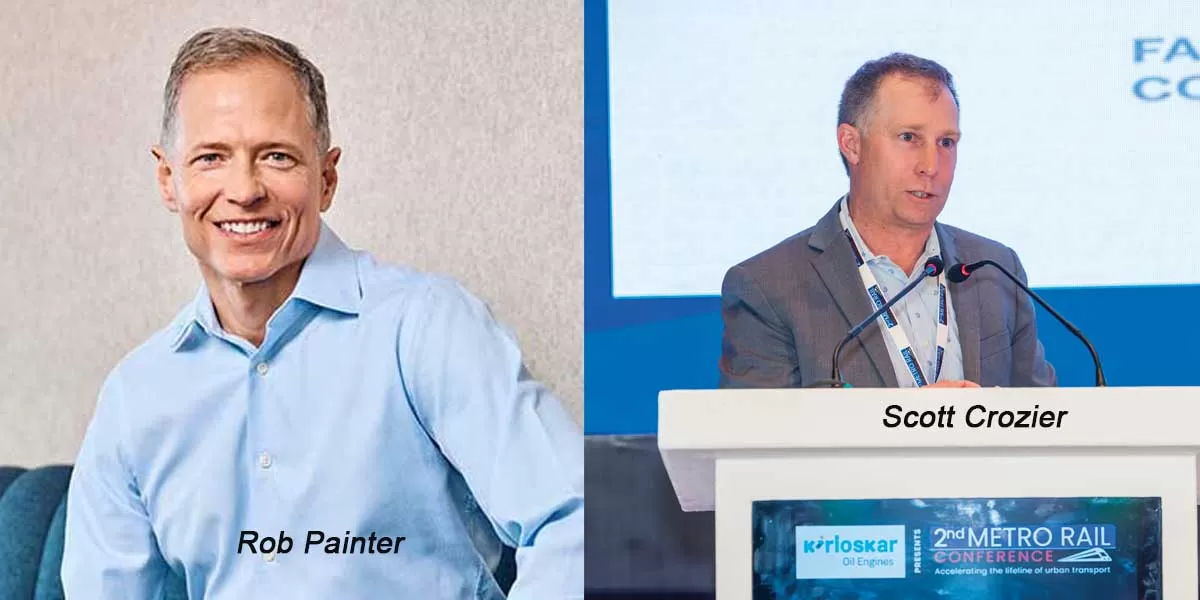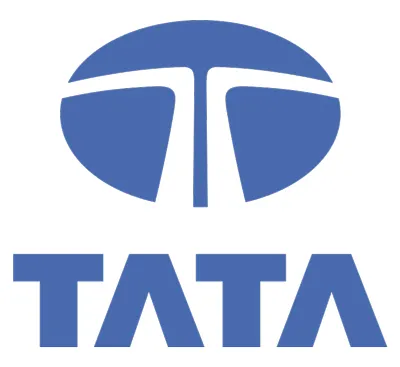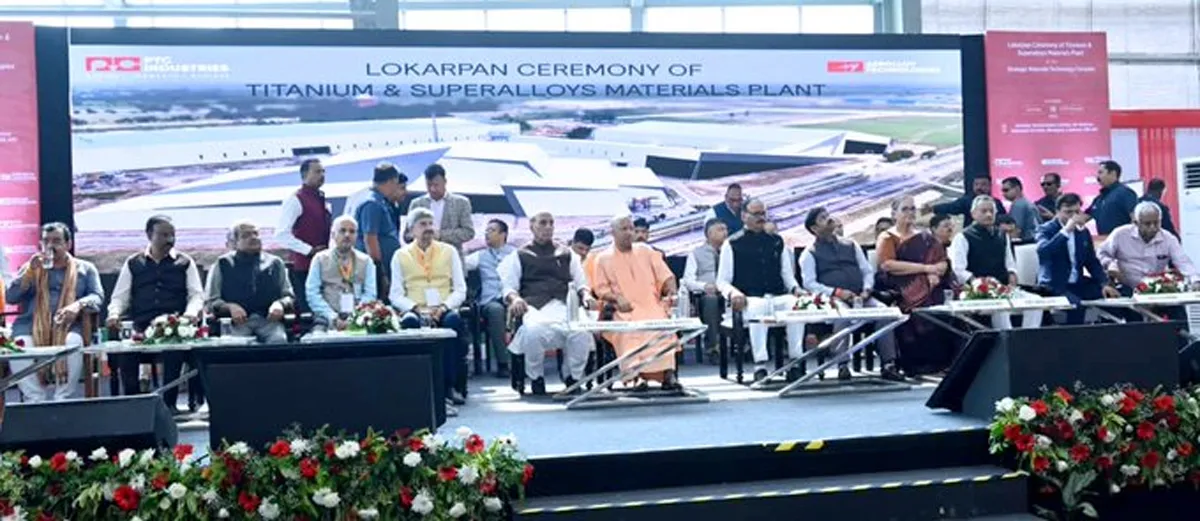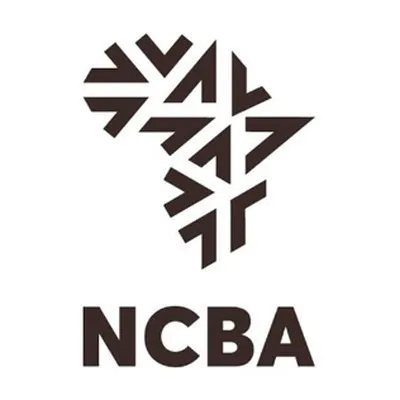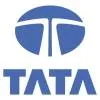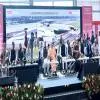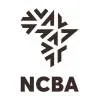Trimble is transforming the way people move, build and live. With core technologies in positioning, modelling and data analytics, it connects the digital and physical worlds to drive productivity, quality, safety, transparency and sustainability. Trimble sees India as a developed, opportunity-rich market with deep roots and stronger ambitions. The company is sharpening its localisation, integration and go-to-market strategies accordingly. At bauma Munich, PRATAP PADODE, Editor-in-Chief, CW, caught up with Rob Painter, President & CEO, and Scott Crozier, Senior Vice President, Trimble Inc, to discuss the company’s evolving strategy in India, its role in infrastructure digitisation, and how it is responding to rising demand for smart, connected solutions.
Rob, how would you define Trimble’s current positioning in India?
Rob Painter: What I'd want you to hear is India is not new to Trimble. India, for us, is not an emerging opportunity. It's an existing opportunity. We see it as a developed market that has a lot of great opportunity ahead of it. And my proof point for that is we've been in India for 40 years. Trimble has over 1,450 employees – it's more than 10 per cent of our workforce in India. We have six offices in India. So, India is not a new idea for Trimble.Trimble is an Indian company from my perspective. I've spent a lot of time in India. Actually, one of Scott's many responsibilities from our executive team is to maintain a close connection between the head office of Trimble and make sure that we're developing technology for the country. We've been involved in the Mumbai transit bridge, the Statue of Unity, the Chenab Bridge, highways, airports, Navi Mumbai, Delhi... Trimble has been in the country for a very long time and worked on some of the most important projects in the country. We've worked with the Indian Army, the Indian Government, L&T, Tata Projects. This is a market we feel committed to. I'd like to say we understand the market – but I want to be humble and say there's a lot more for us to learn to really make the most of the opportunities in India.Can you talk specifically about the emerging situation in the past three to four years, given the escalating infrastructure spends?RP: Well, the biggest trend is the commitment of spend that India has to development. The country wants to be a leader with world-class infrastructure. That’s a significant statement – and it leads to a significant number of commitments that the Indian Government has made, where we believe technology can profoundly help. Just to be accurate, I wrote it down: 30,000 km of road by 2030 – we weren’t talking about that five years ago; 50 new airports over the next five years; 350 new airports by 2047; 69,000 km of existing rail to maintain and improve; 13 major ports being expanded; 17 metro systems expanding and 30+ more proposed.That’s new; that’s different. Everything works backwards from that. When you’re building this much infrastructure, you ask: how do you do this productively? This costs money – your money. So, there’s a clear interest in doing this efficiently, with productivity, quality, sustainability and safety. This is where technology steps in. We talk more now about smart cities, digitisation, data, AI, but we must avoid just buzzwords. We have to unlock real value and create real outcomes, especially with 2047 not that far away.How have these ambitions altered your operating plans in India?RP: We’ve grown the workforce in India, faster than any other country. Many companies talk about commitment; we’ve acted. We’ve added teams. We’re focusing on product localisation, understanding India-specific challenges. We have sales and development teams here and our business leaders, like Scott, focus on building the right product and pairing it with the right go-to-market strategy. That means strategic relationships – with the Government, contractors, engineers. We aim to have a strong network across the lifecycle of these projects to deliver something unique and better for Indian customers.Scott, what key challenges must Trimble address to maximise its investment returns here?Scott Crozier: Rob hit on the key point: localisation. It’s not just about building the product but making sure it fits the Indian workflow and ecosystem. Over 40 years, we’ve learned what works and what doesn’t. Success isn’t about a low-cost product alone. It’s about data compatibility, support and commercial fit. Subscription is one path – it has worked for software and we’re seeing traction with hardware, too, like low-cost GNSS receivers for the GIS community. We have to ensure our systems integrate into a broader ecosystem, not just point solutions but total workflows. That’s resonating well.How is Trimble enabling integration with India’s existing public and private systems?SC: Exactly. Government systems, Tata Projects and others – we’re ensuring our systems can work with theirs. That means data flow between subcontractors, master contractors and government project owners. Being open-minded about integration is key.Do you see any policy or regulatory changes that could accelerate technology adoption?SC: Yes; Make in India is one of them. On software, most of our development already happens in India. We also need to move hardware manufacturing here. For example, the Indian Army required 30 per cent local value-add. That trend is spreading across other domains too. We’re finding the right partners for hardware localisation.Is Trimble looking at India as an export or R&D hub for other emerging markets?SC: We already leverage Indian software for global markets. For hardware, we’re starting. The idea is to prove solutions in India, especially for local needs, and then replicate them in Southeast Asia or Latin America. We’re just on the cusp of this.Are connected machines gaining real traction in Indian infrastructure projects yet?SC: Yes. Government and lead contractors are driving demand for connected machines. For example, the National Highways’ quality management system needs connected machines. We think nearly all machines on 30,000 km of roads will be connected in the next five to seven years.Do mid-tier contractors show greater tech adoption appetite than top-tier ones?RP: It’s both. Often, the innovation comes from one passionate individual in a mid-tier company. L&T may adopt tech but struggle with broader rollout. The mid-tier is hungrier; they need to compete with the top-tier. To do that, they need better pricing, quality and timely delivery. And that hunger drives tech adoption. It’s true across all markets globally.Can you share any productivity-linked case studies from India or globally?SC: Yes. We’ve done good case studies with some mid-tier contractors. We’ll make sure to send them to you. Trimble has strong survey capabilities. Why haven’t we seen its presence in large drone-based GIS mapping projects?RP: Trimble works with those providers. We offer low-cost survey solutions like our DA2 and Catalyst antenna. These provide accurate ground control points for drone-based surveys. So, we support the drone ecosystem with essential tools. You're right; it could be a space to go deeper into.Is it part of the digital twin narrative?RP: Yes. Trimble has always supported smart cities and digital twins.What makes Trimble uniquely positioned to enable connected construction across mixed equipment fleets?RP: I want your readers to hear Trimble’s commitment to India. We're connecting the physical and digital worlds: hardware, software, field, office. That’s what makes Trimble unique. You’ll see us at 20 booths at bauma, proof of our OEM partnerships. We're also innovating in business models – subscriptions, lower Capex, more reach. New products like Siteworks are making tech affordable for smaller machines and markets. Our ecosystem is open. Partners can build on top of Trimble.Here’s something to remember: Trillions of dollars run through Trimble systems; $ 500 billion via our construction back-office solutions; millions of software users; hundreds of thousands of machines use Trimble worldwide. We're turning all this data into information, then into AI-driven insights to boost productivity. What if a contractor has a mixed fleet? Can Trimble integrate across all?SC: Absolutely. That’s one of our big differentiators. OEMs are now open platforms; they don’t standardise on tech anymore. We support mixed fleets. You can have Cat, Komatsu, etc, with Trimble. ISO standards help too – now, digital construction interfaces ensure interoperability. So, yes, you can monitor all machines from a single Trimble dashboard.
